How to draw toast. Or, how to create a customer journey.
This is one of my favorite exercises to run with a business/organisation trying to figure out their customer journey. Watch the video. And then follow the notes below.
A customer journey storyboard makes it easier to imagine the product in the users' hands. Customer Journey Mapping / Storyboarding / (many other names) is the process of looking at the end-to-end series of events that make up the entire story of before your product/service, using your product/service, and after. It helps understand where there are gaps, what can be changed, and where everything goes pear-shaped.
The following will show you when customers have too many decisions to make, or which parts are not being looked after by your marketing team. You can use this process to understand your business as a whole, plan out a website for a developer, create a product for a new audience or get into the head of your customer.
Ideo also tackles the customer journey here.
How to storyboard your customer journey
We’re going to do an example with ice cream. Because nothing goes better with toast, than ice cream. You’ll need post it notes and a large space - a wall is perfect.
Note: Use one post it note for every moment of the journey. You’re creating one long continuous line.
Draw/write the beginning and end action steps of your customer journey first and put them at either end of your space. Leave space for all the steps there may be in between.
Then draw/write every singular step between these. There could be dozens. Make sure each step is on a new post it note, so you can move them around.
Put these all in chronological order side by side on a wall, or along the ground. Keep moving them to get the order right. You should have one long (very long) line on post its.
What happens once you open the website/shop door/packaging, what do you see? Then what? Then what? Etc.
If you’re unsure about any steps, write both the options on different post-it notes and stick them one below the other.
Take a photo of the whole line of notes. Don’t miss this step.
Once you’re done, step someone through the whole process. Is there any moment that’s confusing for them. Or anything they don’t understand?
If you’re doing this to find gaps in the journey, validate it with more people. Ask them, if it is the right order, or what isn’t there.
Step someone new through the process again. Is anything missing? Or unnecessary?
Take a new photo of the finalised storyboard. This will help to very clearly articulate your idea to a developer. Their brains work in different ways.
Please note: if you’re doing this to create an MVP, you can begin removing anything you think is unnecessary to create the MVP (remember you can add things to the process later, but you’re trying to get the simplest version to begin with. Keep all the notes you’re removing and put them in a ‘to do later’ pile. Try and get it down to only 10 (or less) steps.



